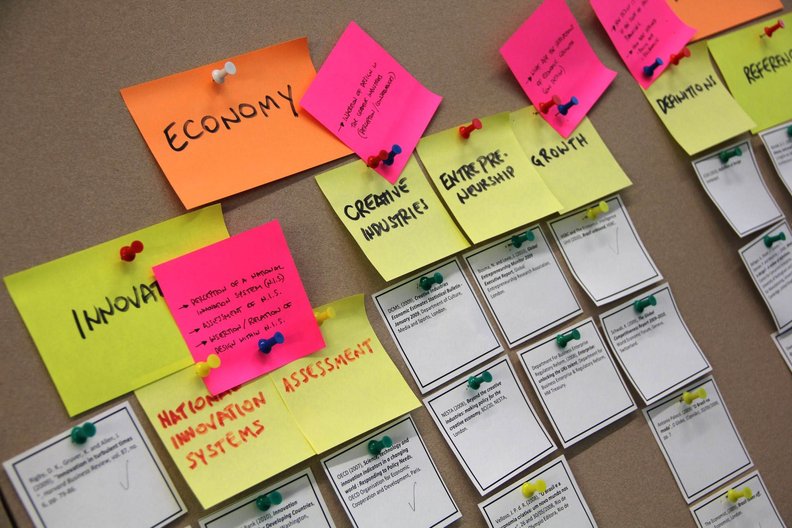
© Gabriel Patrocinio
10 June 2014
by João Guarantani
In a recent debate organised by Livia Rezende and chaired by Sarah Teasley of the History of Design Programme at the Royal College of Art, Gabriel Patrocinio spoke about public policy for design in Brazil and the EU. Here, Gabriel writes about the potential for designers to engage more with the political sphere.
How is design being used to promote economic, social, and environmental development? (is it?) What should governments learn from design(ers)? How should designers (or could better) relate with governments, politics and policies? What can design teach politicians and policy-makers? Are public design policy models and actions a product that can be exchanged, exported, or learned from other countries' experiences?
These questions are at the forefront of a not so well known field of design - one where designers face and team up with politics, politicians, and policy-makers. Design is a sweet and kind discipline capable of promoting big economic changes, affirmed Ruy Barbosa, a nineteenth century Brazilian statesman, in a 1882 speech. Designers should be aware of this power and learn to address such issues in political - not design - terms, according to the economist and design theoretician John Heskett. This means to deliver for consensus, not a process of seeking to attain an ideal of quality and perfection. Politics belongs to another ecosystem than design.
This is a real opportunity, as well as a huge market, for designers to deal with. But they must learn the proper skills and use appropriate arguments to be allowed to enter into a world where they can really make a difference.
Gabriel Patrocinio holds a PhD in design policies from Cranfield University, and is a professor at the State University of Rio de Janeiro, Brazil. To find out more, visit his design policies blog.